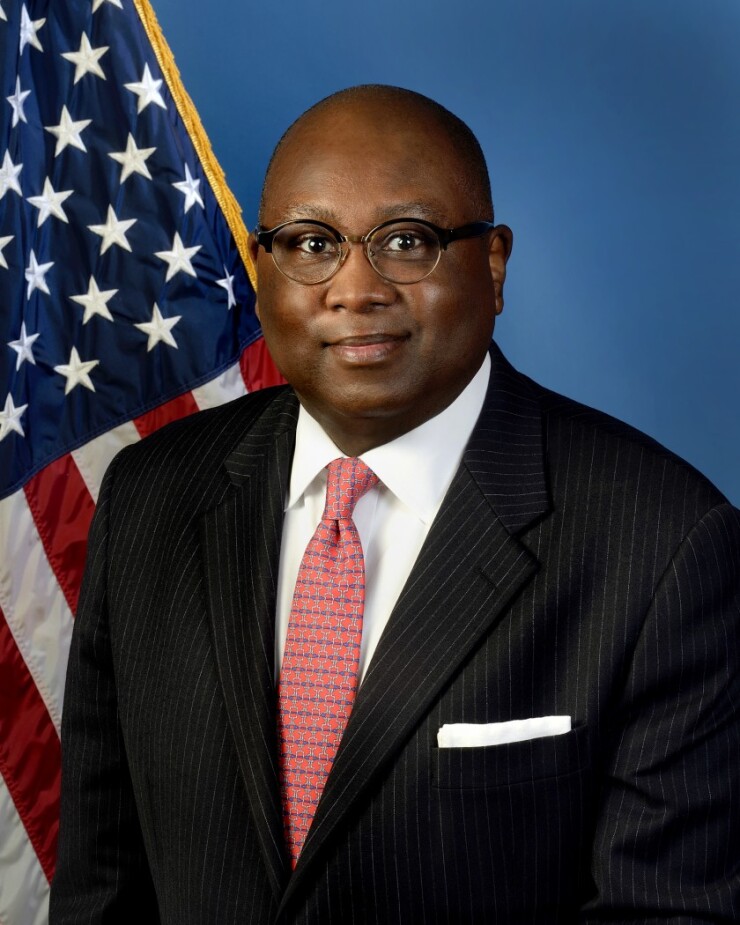A commitment to consumer financial protection is nothing new to the National Credit Union Administration. Indeed, it goes hand in hand with our safety and soundness mission. To ensure consumers are protected and credit unions have the flexibility they need to serve their member-owners, it’s imperative to strike the right balance when it comes to oversight.

Recognizing that its resources come directly from credit unions, the NCUA should carefully consider how to direct those limited resources to new commitments. To understand why it’s worth noting the considerable resources the NCUA has already dedicated to consumer financial protection. The agency’s Office of Consumer Financial Protection, created in the wake of the 2008 financial crisis, has 24 dedicated staff members who provide critical oversight and leadership in this area. As part of this office, the NCUA’s Consumer Assistance Center provides an avenue for credit union members to report concerns about their treatment at their credit unions. We take these complaints very seriously and we aim to resolve them.
In working with credit unions, our goal is to facilitate their safe and sound operation while ensuring full compliance with all applicable laws and regulations. Critical to this goal is the examination process. Based on our fair-lending supervision program, field staff input, review of consumer complaints and discussions with other regulators, we take a risk-based approach to consumer compliance, focusing on areas with a higher risk profile. Our approach is to identify and resolve compliance deficiencies during the examination process, long before an enforcement action is needed.
Through our exam pre-planning process, examiners are required to review a listing of consumer complaints filed against the credit union, a process that helps them properly determine the consumer financial protection scope of each safety and soundness examination. Besides factoring consumer complaints into their examination scope, our examiners review specifically identified areas of consumer financial protection during each examination. These steps can include reviewing areas of higher risk, based on a review of consumer complaints or fair lending examinations, or they might include identifying a credit union’s good-faith compliance efforts to implement recent changes to regulations.
We also have staff who are designated as consumer compliance subject matter experts. Having taken additional training on consumer financial protection matters, these staff members help safety and soundness examiners navigate more complex consumer financial protection matters. Unlike other federal banking regulators, which have a separate compliance rating, the NCUA considers a credit union’s compliance with the consumer financial protection laws and regulations when assigning the management component rating and overall Camels rating. Additionally, at an examination’s conclusion, field staff assign a risk rating of high, medium or low and determine whether the compliance risk is stable, increasing or decreasing. This is part of our ongoing monitoring of a credit federal credit union’s overall compliance risk.
A strategic objective for the NCUA includes “enforcing federal consumer financial protection laws and regulations in federal credit unions.” In support of this goal, the NCUA’s proposed budget,
The reality is that ensuring compliance will always require both a carrot and a stick approach. But whenever possible, we prefer to provide more carrots, in the form of incentivizing and rewarding corrective action and self-identification of compliance deficiencies. Such approaches can be more efficient and cost-effective than public enforcement actions, which can only take place following a compliance failure.
On occasions when we do identify compliance deficiencies, we typically resolve those deficiencies successfully through informal enforcement actions. When necessary, the NCUA will take formal public administrative actions to compel an offending credit union to correct violations and, in the most serious cases, report them to the appropriate law enforcement authorities. But in reality, such steps are rarely necessary. When credit unions make mistakes, they typically work quickly to remedy them. This approach has been —
and continues to be — quite effective.
I am committed to ensuring the NCUA’s consumer compliance examination program is strong and responsive. But as we work to achieve that worthy goal, I also believe we must take into account the fact that the NCUA operates within an environment of finite resources. We must take great care, then, to ensure the creation of any new programs — or the expansion of existing ones —
are effective, efficient and a prudent use of our resources.
We should always strive to improve approaches that work and jettison those that don’t. If additional consumer financial protection measures are needed, I will consider those through a process of careful, collaborative analysis and planning. I look forward to working with my board colleagues, agency staff and industry stakeholders to ensure that credit union members receive all consumer financial protections provided by law and regulation.





